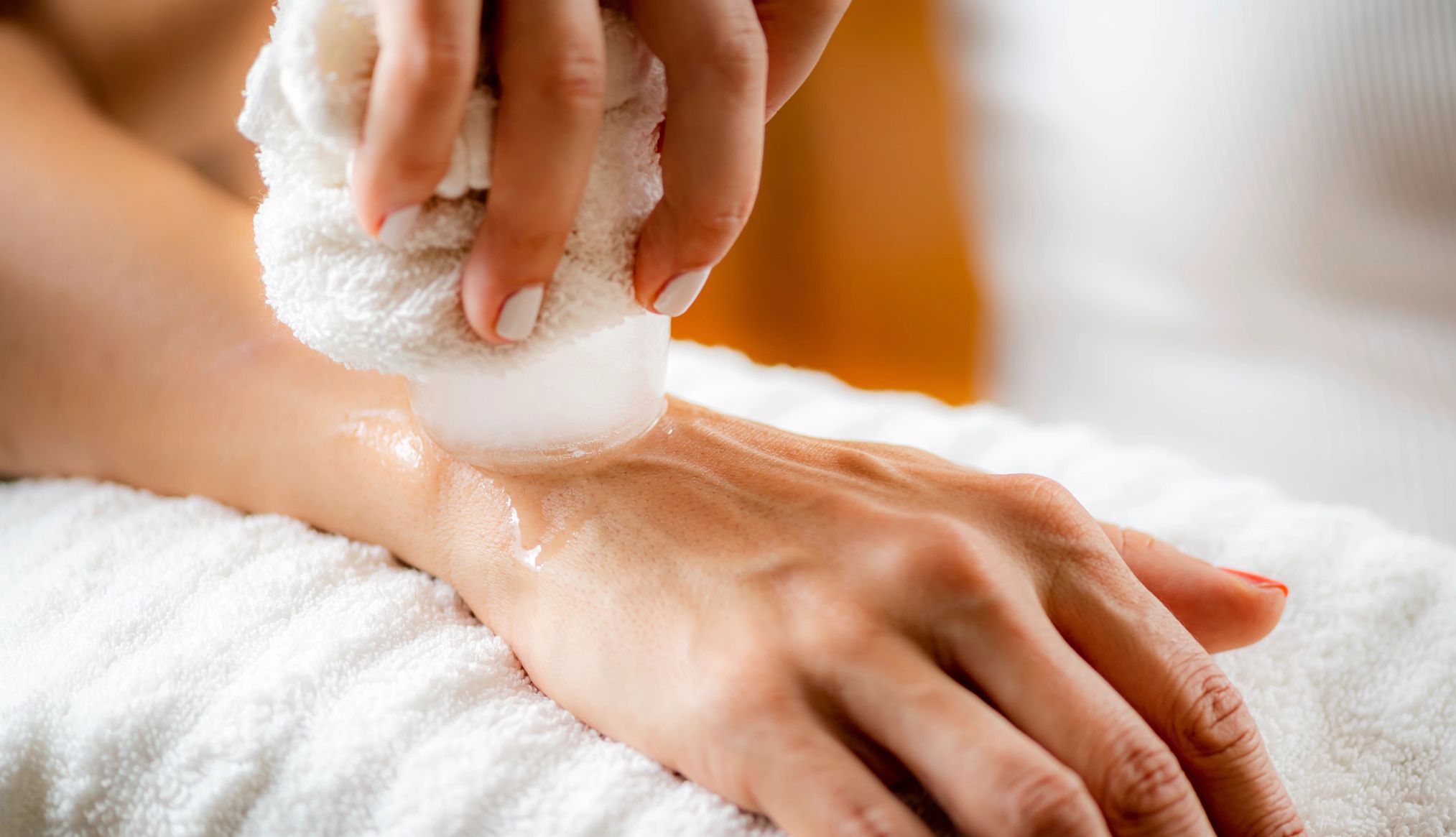AARP Hearing Center


When people think of menopause symptoms, hot flashes likely come to mind — maybe sleep troubles and mood changes, too. But what many women might not realize is that joint pain they experience in midlife can be a common symptom of menopause.
Some research suggests it affects more than half of women going through the transition. A 2024 survey from AARP found that 32 percent of women who report menopause symptoms experience joint or muscle pain.
Why does joint pain occur during menopause?
Menopause (and perimenopause) is a complex process that involves many parts of the body, and the impact goes way beyond disrupting our periods and affecting our moods.
“We have estrogen receptors in every organ and tissue of the body — including our muscles, bones, and joints,” says Kathleen Jordan, M.D., chief medical officer at Midi Health, a healthcare company that focuses on supporting women navigating menopause and perimenopause. “When we experience estrogen decline in menopause, our body feels it. Joint aches occur. Our bones begin to lose bone density rapidly, putting us at risk for osteoporosis and bone fractures. Our blood inflammation markers go up and we can feel the inflammation in the joints.”
This pain is most commonly felt in the small joints of the hands and feet, Jordan says, but can affect other joints, as well.
Keep in mind, it’s possible the joint pain you’re experiencing could have another cause. “As women get older, it is also important to note that chronic conditions like osteoarthritis also become more prevalent and they should speak to their doctor to rule out other common conditions,” says Erica Oberman, M.D., an obstetrician-gynecologist and co-director of the Comprehensive Menopause Program at UCLA Health. Joint pain can also be a result of vitamin deficiencies, infection, injuries, or vasculitis, among other things, she adds.
Treatments for menopause-related joint pain
A variety of treatment options can help you manage menopause-related joint pain. Supportive yet conservative care — including over-the-counter (OTC) pain relievers like acetaminophen and NSAIDs and applying cold or hot packs — can be a good starting point, Oberman says. Diet and exercise can also play a role.
During menopause, physical activity can be helpful in combating the risks of muscle loss and bone loss that are a part of aging and are then exacerbated by the hormone changes of menopause, Jordan notes. Weight-bearing exercises, workout routines with resistance (such as using resistance bands), or simply doing push-ups can all help maintain muscle tone and bone strength, she adds.
Additionally, losing excess weight can help reduce inflammation and reduce the stress on joints, which may lessen joint pain. Even a small amount can make a difference. A frequently cited study published in the journal Arthritis & Rheumatism found that losing just one pound of body weight takes four pounds of pressure off the knees.































.jpg?crop=true&anchor=13,195&q=80&color=ffffffff&u=lywnjt&w=2008&h=1154)
































More From AARP
Medical Breakthroughs in Women’s Health
Advancements include new scans for dense breast tissue, help for hot flashes and more
6 Things Women Wish Their Doctors Told Them About Turning 50
Here are some of the big changes you should expect and what you can do about each one32 Ways to Improve Your Bone Health
How to strengthen your bone density